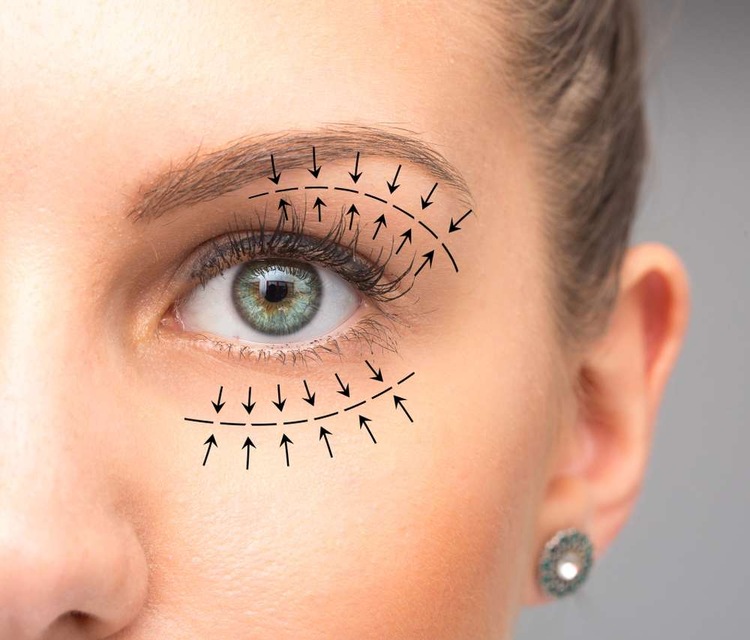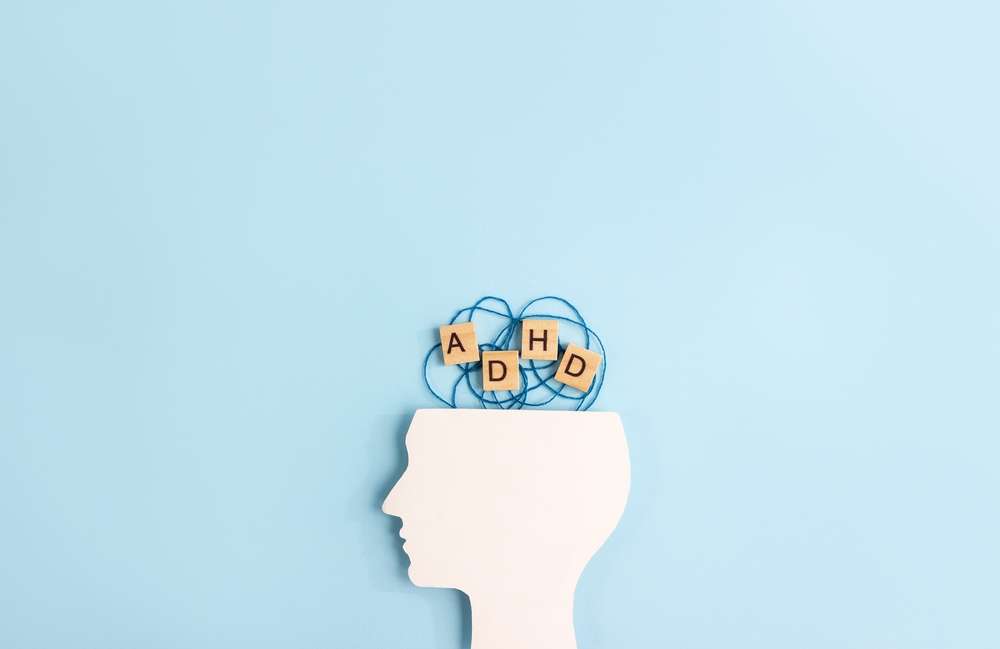Comprehensive Guide to Eye Bags
Eye bags refer to puffiness or swelling under the eyes, usually caused by aging, genetics, fluid retention, and lack of sleep. While eye bags are often just a cosmetic issue, they can sometimes be a sign of an underlying medical condition. Lifestyle changes, such as getting enough sleep, reducing salt intake, and using cold compresses, can help; other treatments include topical ointments and more invasive procedures.

Eye bags develop when the tissues and muscles supporting the eyelids weaken over time, allowing fat to shift forward and fluid to accumulate in the space below the eyes. This creates a puffy or swollen appearance that many find bothersome. While eye bags are typically a cosmetic concern rather than a medical emergency, they can sometimes indicate underlying health issues that warrant attention.
The skin around the eyes is particularly thin and delicate, making it more susceptible to visible changes. As we age, the natural production of collagen and elastin decreases, leading to loss of firmness and elasticity. Additionally, the fat pads that normally stay in place can migrate forward, creating a bulging effect. Fluid retention in this area, especially upon waking, can temporarily worsen the appearance of puffiness.
What is the main cause of eye bags?
The primary cause of eye bags is the natural aging process. As you grow older, the tissues around your eyes, including the muscles supporting your eyelids, gradually weaken. The fat that typically stays in the upper and lower eyelids can move into the areas beneath your eyes, creating a puffy appearance. Simultaneously, fluid may accumulate in this space, adding to the swelling.
Beyond aging, several lifestyle and environmental factors contribute to eye bag formation. Lack of adequate sleep is a significant contributor, as insufficient rest prevents proper fluid drainage and causes blood vessels to dilate, creating a darker, more swollen appearance. High salt intake leads to fluid retention throughout the body, including the delicate eye area. Allergies trigger inflammation and swelling, while smoking damages collagen and accelerates skin aging. Excessive alcohol consumption dehydrates the body, making the thin skin under the eyes appear more sunken and emphasizing puffiness. Genetics also play a role, as some individuals inherit a predisposition to developing eye bags earlier in life.
How do I get rid of my eyebags?
Addressing eye bags requires a combination of lifestyle modifications and targeted interventions. Start by ensuring you get seven to nine hours of quality sleep each night, as proper rest allows fluid to drain naturally and reduces puffiness. Elevating your head with an extra pillow can prevent fluid from pooling under your eyes overnight.
Dietary adjustments make a noticeable difference. Reducing sodium intake minimizes fluid retention, while staying well-hydrated helps flush excess salt from your system. Incorporating foods rich in vitamins C and K, such as citrus fruits and leafy greens, supports skin health and circulation.
Topical treatments can provide temporary relief. Cold compresses, chilled cucumber slices, or refrigerated tea bags applied to the eyes for 10 to 15 minutes help constrict blood vessels and reduce swelling. Eye creams containing caffeine, retinol, hyaluronic acid, or peptides may improve skin texture and firmness with consistent use over several weeks.
For persistent or severe eye bags, professional treatments offer more dramatic results. Dermal fillers can smooth the transition between the lower eyelid and cheek, creating a more youthful contour. Chemical peels improve skin texture and tighten the area. Laser resurfacing stimulates collagen production and tightens loose skin. Blepharoplasty, a surgical procedure that removes excess fat and skin, provides long-lasting correction for significant eye bags.
Can ice remove eye bags?
Ice and cold therapy can temporarily reduce the appearance of eye bags by constricting blood vessels and decreasing fluid accumulation. When you apply something cold to the under-eye area, it causes the blood vessels to narrow, which reduces swelling and inflammation. This effect is particularly helpful for eye bags caused by fluid retention or lack of sleep.
To use cold therapy effectively, wrap ice cubes in a soft cloth or use a cold gel mask designed for the eye area. Apply it gently to the under-eye region for 10 to 15 minutes, taking care not to press too hard on the delicate skin. You can repeat this process several times throughout the day, especially in the morning when puffiness tends to be most noticeable.
While ice provides quick, temporary relief, it does not address the underlying structural causes of eye bags, such as weakened muscles, displaced fat, or loss of skin elasticity. For chronic or age-related eye bags, cold therapy serves as a helpful complementary measure alongside other treatments, but it will not produce permanent results on its own.
What deficiency causes eye bags?
Several nutritional deficiencies can contribute to the development or worsening of eye bags, though they are rarely the sole cause. Iron deficiency, which leads to anemia, reduces the oxygen-carrying capacity of blood and can cause the skin under the eyes to appear darker and more sunken, emphasizing puffiness. Fatigue associated with anemia also disrupts sleep patterns, further contributing to eye bags.
Vitamin K deficiency affects blood clotting and circulation, potentially leading to increased blood pooling under the eyes and a more pronounced appearance of dark circles and puffiness. Vitamin B12 deficiency causes fatigue and poor circulation, which can manifest as under-eye swelling and discoloration.
Insufficient vitamin C intake compromises collagen production, weakening the skin’s structural support and making eye bags more noticeable. Collagen is essential for maintaining skin firmness and elasticity, particularly in the thin, delicate area around the eyes.
Dehydration, while not a vitamin deficiency, acts similarly by causing the body to retain fluid in an attempt to conserve water. This retention can manifest as puffiness under the eyes. Ensuring adequate intake of essential nutrients through a balanced diet or supplements, when necessary, supports overall skin health and may help minimize the appearance of eye bags. If you suspect a nutritional deficiency, consulting a healthcare professional for proper testing and guidance is advisable.
This article is for informational purposes only and should not be considered medical advice. Please consult a qualified healthcare professional for personalized guidance and treatment.
Conclusion
Eye bags are a multifaceted concern influenced by aging, lifestyle choices, and nutritional factors. While they are typically harmless, understanding their causes empowers you to take proactive steps toward reducing their appearance. Simple measures like improving sleep quality, managing salt intake, and using cold compresses can provide immediate relief. For more persistent issues, professional treatments ranging from topical solutions to surgical interventions offer effective options. By addressing both the symptoms and underlying causes, you can achieve a refreshed, more youthful appearance around your eyes.




